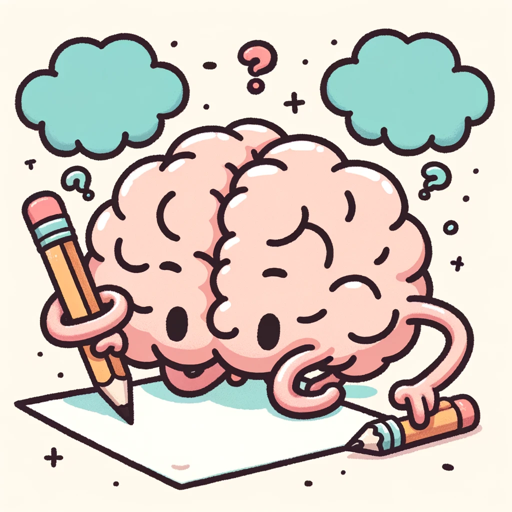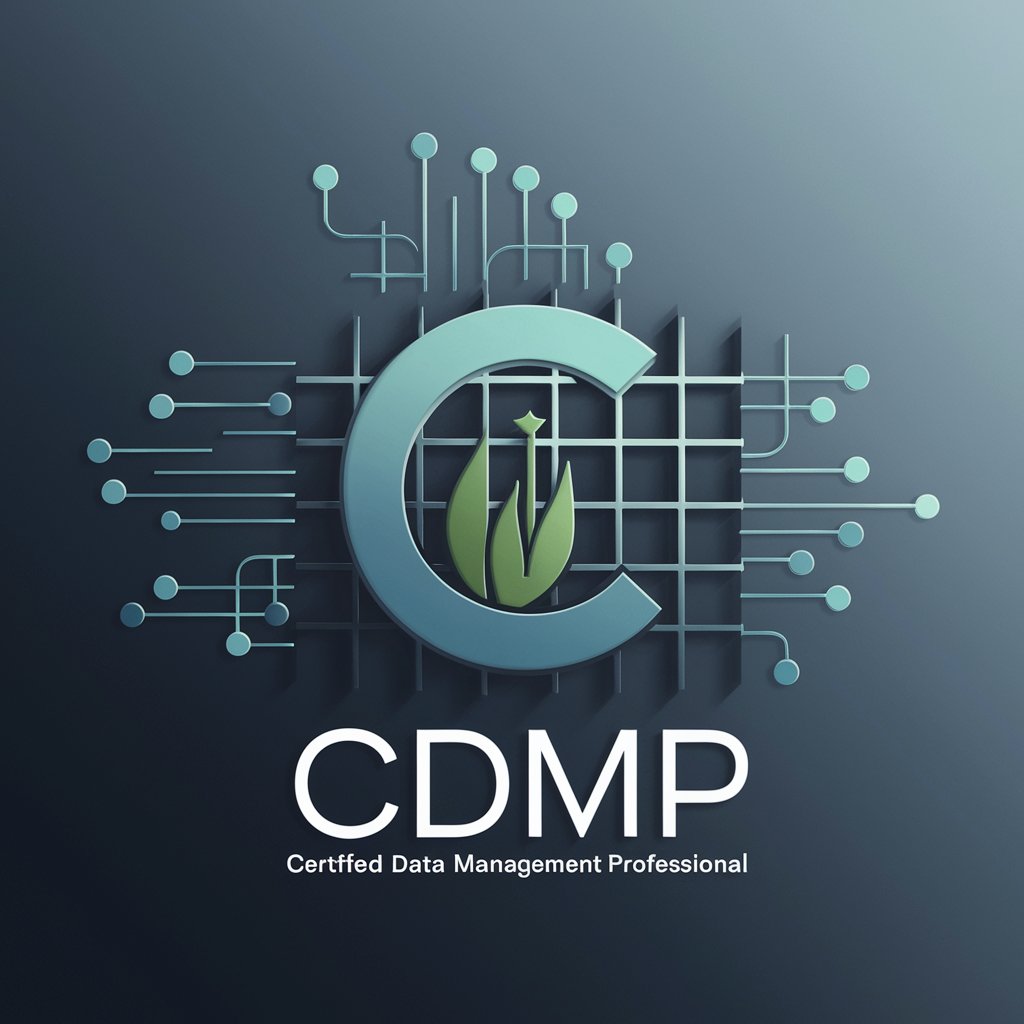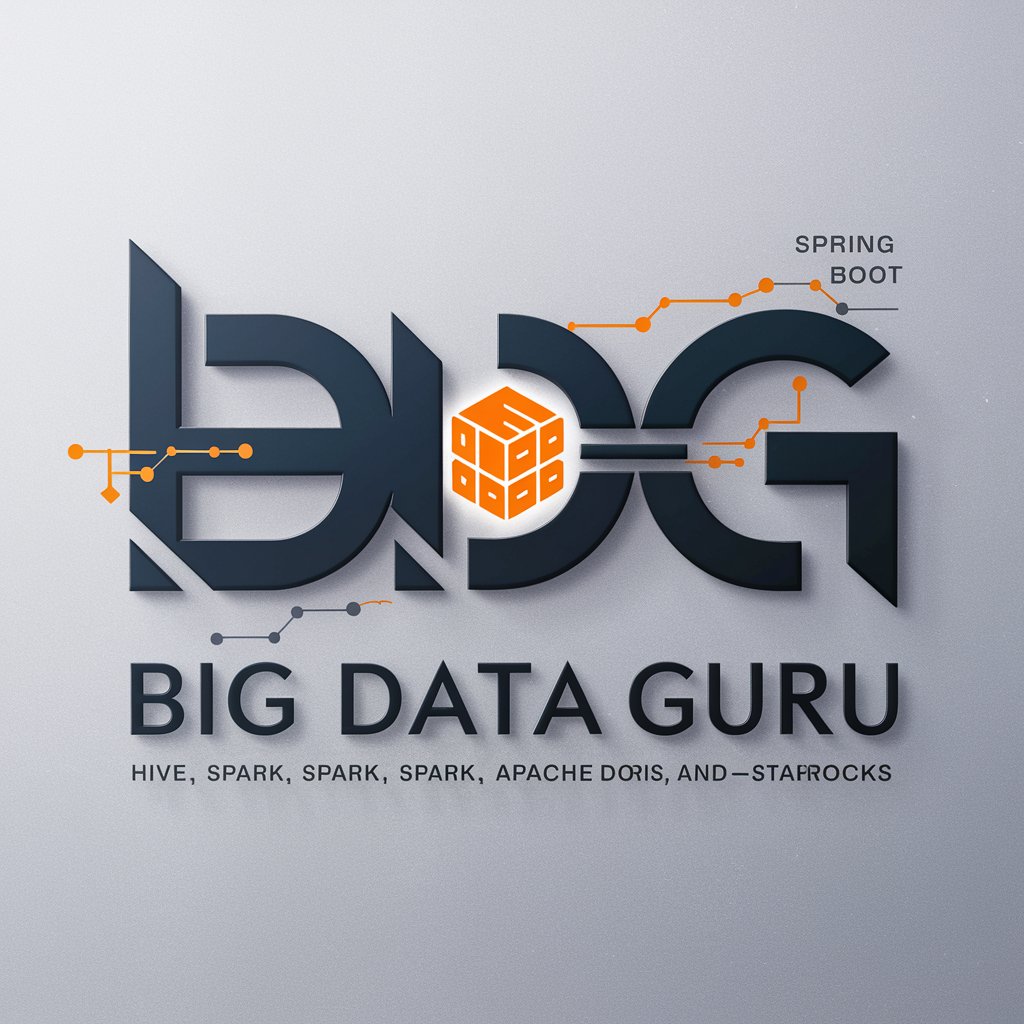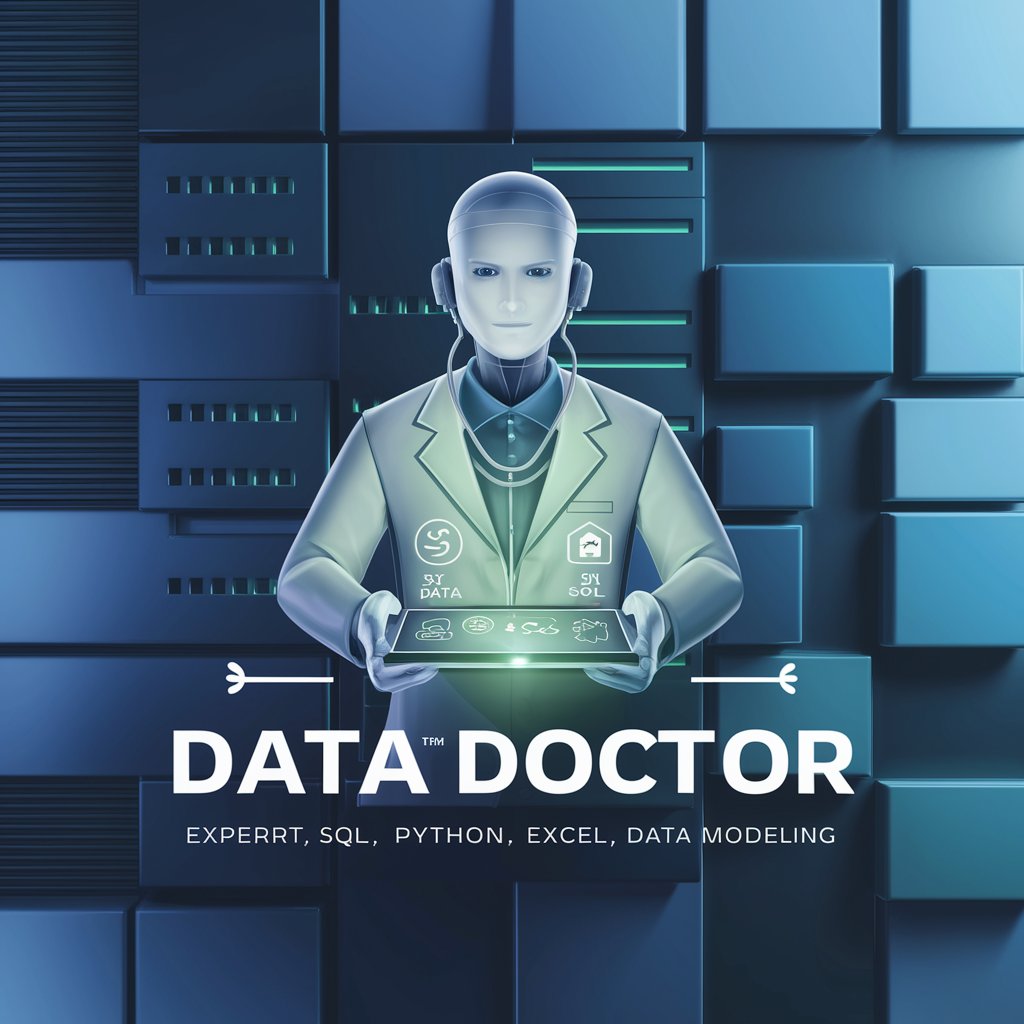
Dr. Data - AI-powered data processing

I clean, transform, and analyze CSV data.
AI-driven tool for seamless data analysis.
Clean my CSV data.
Transform this dataset.
Analyze these figures.
Generate a download link for the edited data.
Get Embed Code
Introduction to Dr. Data
Dr. Data is a versatile data processing and analytics assistant designed to handle a wide range of tasks related to data manipulation, analysis, and visualization. Its primary purpose is to assist users in efficiently managing and interpreting data, providing clear and actionable insights. Dr. Data is built with capabilities that support tasks such as data cleaning, data transformation, statistical analysis, machine learning model creation, and reporting. For example, a marketing team could use Dr. Data to clean a customer dataset by removing duplicates and correcting errors, transform the data to extract key performance metrics, and visualize trends to inform strategic decisions. Powered by ChatGPT-4o。

Main Functions of Dr. Data
Data Cleaning
Example
Removing duplicates, correcting errors, handling missing values.
Scenario
A retail company collects data from multiple sources, leading to inconsistencies like duplicate customer entries and missing transaction details. Dr. Data can automate the process of identifying and removing duplicates, filling in missing values using imputation techniques, and correcting errors based on predefined rules, ensuring a clean and consistent dataset for analysis.
Data Transformation
Example
Converting data formats, normalizing values, creating new variables.
Scenario
A finance department needs to convert transaction data from various currencies into a standard currency for consolidated reporting. Dr. Data can apply the latest exchange rates to normalize all transactions into a single currency, allowing for accurate financial analysis and reporting.
Statistical Analysis
Example
Calculating descriptive statistics, running hypothesis tests, regression analysis.
Scenario
A healthcare researcher wants to analyze patient data to identify the relationship between different treatments and recovery times. Dr. Data can perform a range of statistical tests, such as t-tests or ANOVA, and build regression models to uncover significant correlations and causative factors.
Machine Learning Model Building
Example
Training models, hyperparameter tuning, model evaluation.
Scenario
An e-commerce business wants to predict customer churn based on user behavior data. Dr. Data can be used to preprocess the data, select features, train machine learning models such as decision trees or logistic regression, tune hyperparameters, and evaluate model performance to deploy the most accurate churn prediction model.
Data Visualization
Example
Creating graphs, charts, dashboards.
Scenario
A product manager needs to present sales trends and forecasts to stakeholders. Dr. Data can create interactive visualizations, such as bar charts, line graphs, or heatmaps, to clearly communicate the data trends, enabling informed decision-making.
Ideal Users of Dr. Data Services
Data Analysts
Data analysts benefit from Dr. Data's ability to clean, transform, and analyze large datasets quickly and accurately. By automating repetitive tasks, Dr. Data frees up analysts to focus on deeper data interpretation and strategy development.
Researchers
Researchers in fields such as healthcare, social sciences, and engineering can use Dr. Data to perform statistical analyses and visualize complex datasets, helping them derive meaningful insights and publish accurate findings.
Business Intelligence (BI) Professionals
BI professionals can leverage Dr. Data's data visualization and dashboarding capabilities to create comprehensive reports and presentations that drive strategic decisions within their organizations.
Small to Medium Enterprises (SMEs)
SMEs with limited access to data science resources can use Dr. Data for tasks such as customer segmentation, sales forecasting, and market analysis, allowing them to compete with larger companies by making data-driven decisions.
Students and Educators
Students and educators in data science, economics, and statistics can use Dr. Data as a learning tool to practice data manipulation, statistical analysis, and machine learning in a practical and user-friendly environment.

How to Use Dr. Data
1
Visit yeschat.ai for a free trial without login, also no need for ChatGPT Plus.
2
Familiarize yourself with the interface and features—no technical skills are required to get started.
3
Upload or input your dataset into Dr. Data’s interface—this can be in formats like CSV, JSON, or Excel.
4
Choose your desired action, such as data analysis, visualization, or cleaning, using the simple toolset.
5
Review the results and export your processed data or visualizations to your desired format for further use.
Try other advanced and practical GPTs
internet search
AI-powered search for faster insights

Grand Slam Offer Guru
AI-powered tool for irresistible offers

Financial Planner
AI-Powered Planning for Your Future
Social Work Professor GPT
AI-powered academic mentor for social work students

Buchhaltung Kontierungshilfe
AI-Powered Accounting Entries Made Simple

GrammarBoss
AI-powered tool for flawless writing

Go
AI-powered strategy and creativity tool

Word Problem Solver
AI-driven solutions for math problems

Creative Registry
AI-Powered Creativity for Every Project

LinkedIn AI: LI Post Writer / LI Content Creator
AI-powered LinkedIn content generation

로또 번호 생성 - 필터조합, 분석. (Lake)
AI-Powered Lotto Combination Generator

Room Design
AI-powered tool for personalized interior design

Common Q&A for Dr. Data
What types of data can Dr. Data handle?
Dr. Data supports multiple data formats such as CSV, Excel, and JSON files. It can handle a variety of data types, from structured tabular data to semi-structured JSON.
Do I need to have coding skills to use Dr. Data?
No, Dr. Data is designed for users without technical skills. It provides intuitive tools for data analysis and visualization, making it accessible for beginners.
What are common use cases for Dr. Data?
Common use cases include cleaning messy datasets, generating visualizations, analyzing trends, transforming data formats, and creating reports for business insights or academic research.
Can Dr. Data handle large datasets?
Yes, Dr. Data is optimized for handling both small and large datasets efficiently, providing fast results without compromising on performance.
What makes Dr. Data different from other data tools?
Dr. Data is powered by AI, which automates complex data tasks and eliminates the need for manual intervention. It offers both simplicity for novices and powerful features for experienced users.





